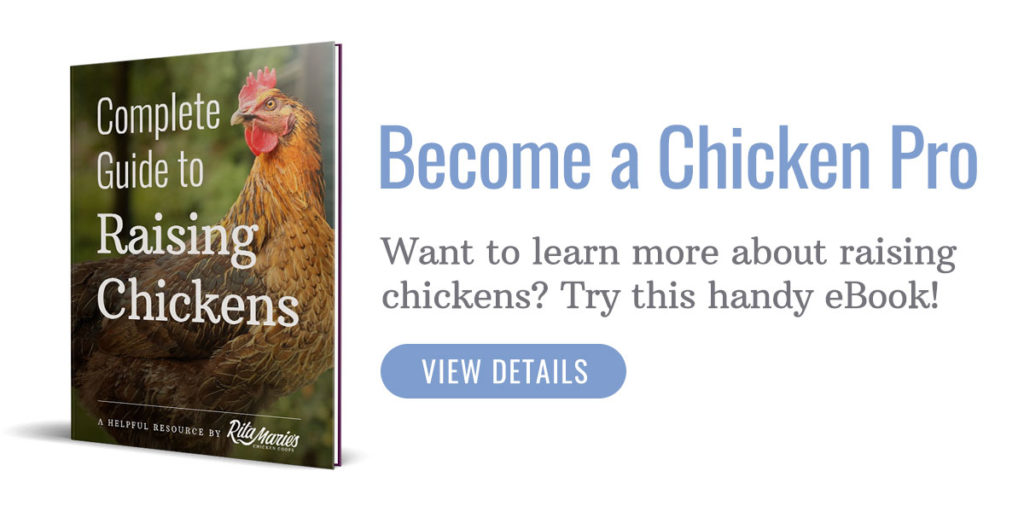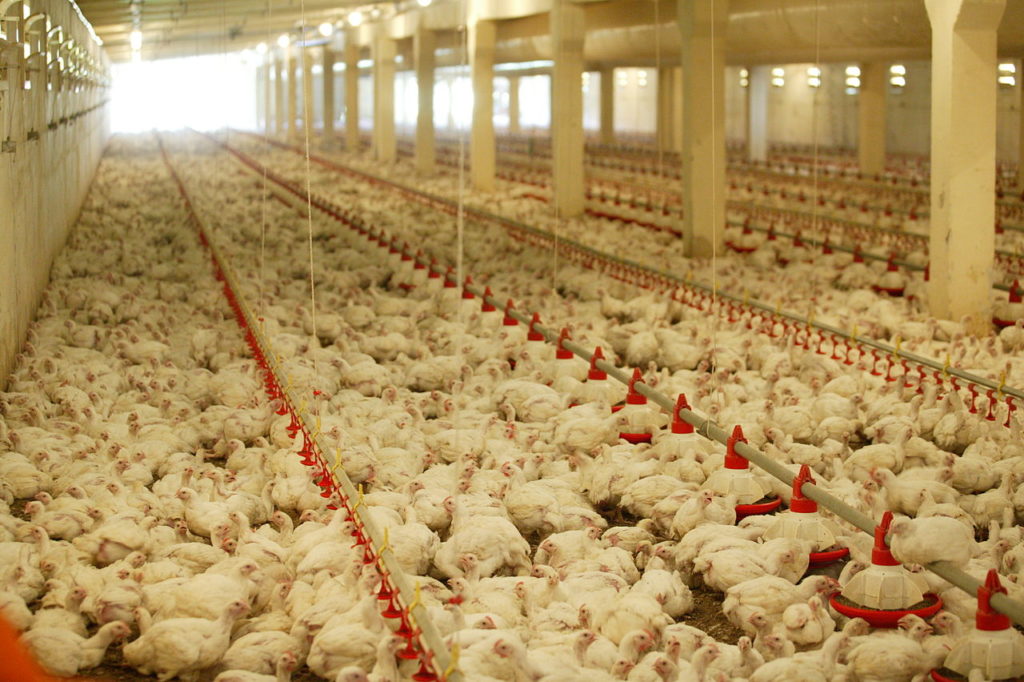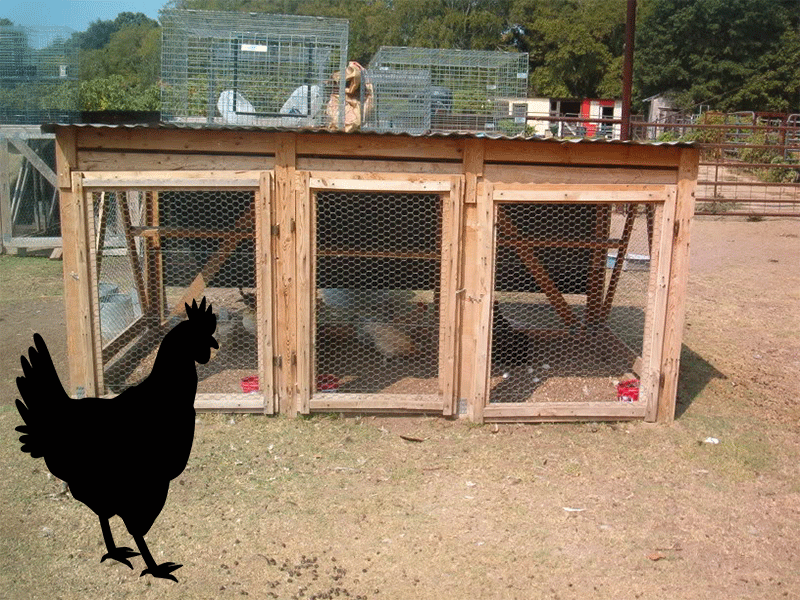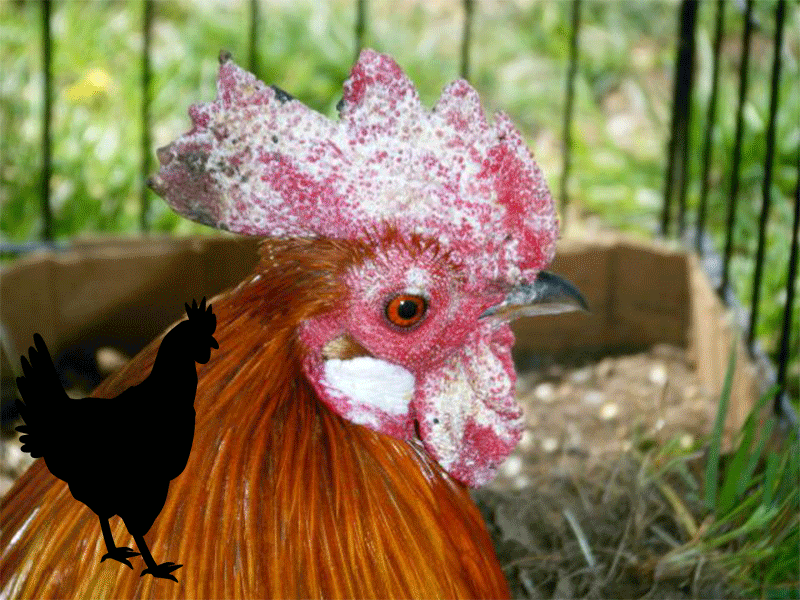If you notice that one or more of your chicken’s are limping, it’s important that you don’t consider it as a minor issue. In most cases a sign of limping in a chicken could be the result of bumblefoot. Bumblefoot is known for being an unwanted bacterial infection or painful abscess that occurs on the foot of birds and other small animals. Treating bumblefoot can be incredibly simple to do, but crucial. Bumblefoot sores can be, in most cases, contagious, which means an untreated case can be fatal.
Bumblefoot will generally occur in larger and much heavier roosters, but it has also been known to affect other (and smaller) birds too. Bumblefoot is typically caused by a cut, small graze or scrape to the bird’s foot which then becomes contaminated and infected by bacteria, usually known as staph. Wire cage floors and rough perches are common causes of scratches and cuts to a chicken’s feet.
Causes and Prevention of Bumblefoot
Depending on the overall diagnosis, a professional veterinarian may recommend alterations to your flock’s diet or even their enclosure. Your veterinarian may also prescribe hot soaks or antibiotics which can help improve the condition significantly. In some cases, surgery may be required, especially in severe cases where distortion of the foot has occurred.
Perches and other surfaces that are unsuitable and unclean need to be exchanged in order to provide clean and a variety of perching surfaces for your flock. Natural perches which include different textures and circumferences are recommended.
Hard or wire flooring should always be securely covered with materials that are suitable for protecting your flock’s feet.
Signs and Symptoms of Bumblefoot
- Large amounts of swelling on the foot or toes.
- The foot appears red or inflamed. A black scab will typically form over the sore.
- The bird may appear to be limping or may not walk at all.
Treating a Bumblefoot Infection
Throughout the early stages of bumblefoot, all that may be required is the administration of antibiotics. There is a variety of registered antibiotics that are suitable and available for chickens, such as amoxicillin and lincomycin. These can often be purchased from farm stores, or you may wish to ask your veterinarian where to obtain them. It’s essential that you take the time to read, understand and follow all of the label directions in order to determine the correct dosage.
Soaking the bird’s foot may also help. Soaking can improve symptoms if the injury has progressed to the harder scab-like stages. Simply place a cup of Epsom salts in a pan of hot water (not boiling or scalding). Next, hold the chicken’s foot gently into the pan until the water begins to cool. This usually takes between 10 to 15 minutes. Don’t allow the bird to drink any of the water.
Soaking should soften any scabs or abscesses. Once softened, gently begin to remove the scab, by pulling it apart and slowly opening the wound as opposed to squeezing it. Gently begin to rinse the wound using hydrogen peroxide, and remove any pus that may be inside. Once completed, simply apply an antibiotic ointment that is safe for use on birds. Pat the wound dry using a clean gauze pad before wrapping it with first-aid tape. The wound should be continually cleaned, flushed, and rewrapped every day until it begins to appear that it has begun healing.





